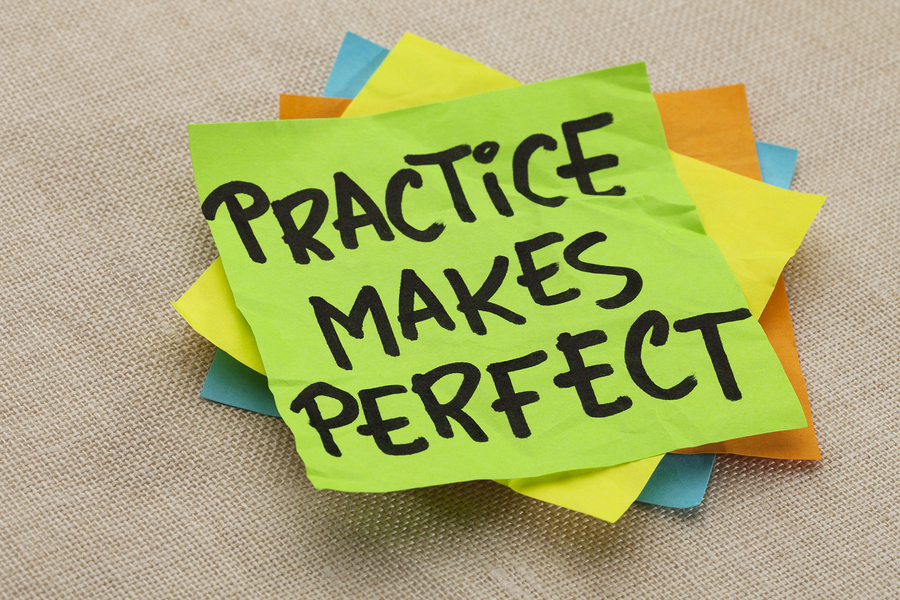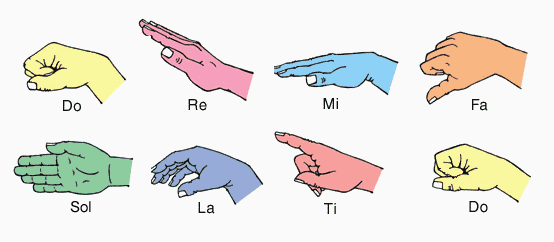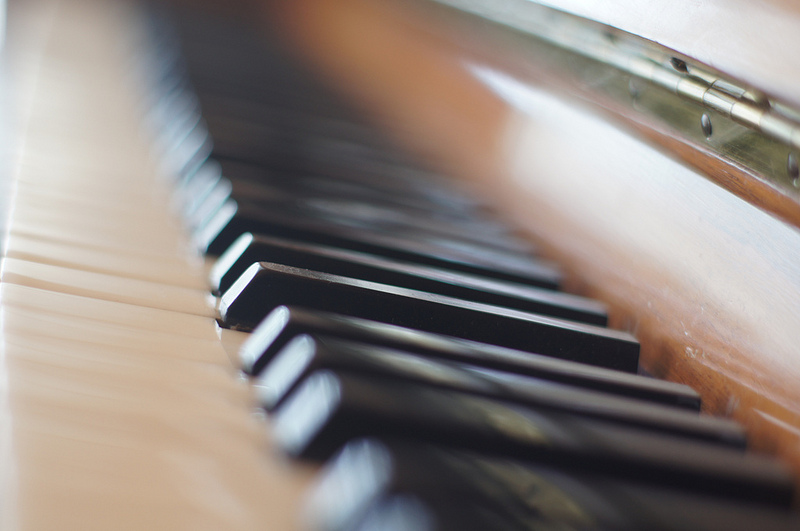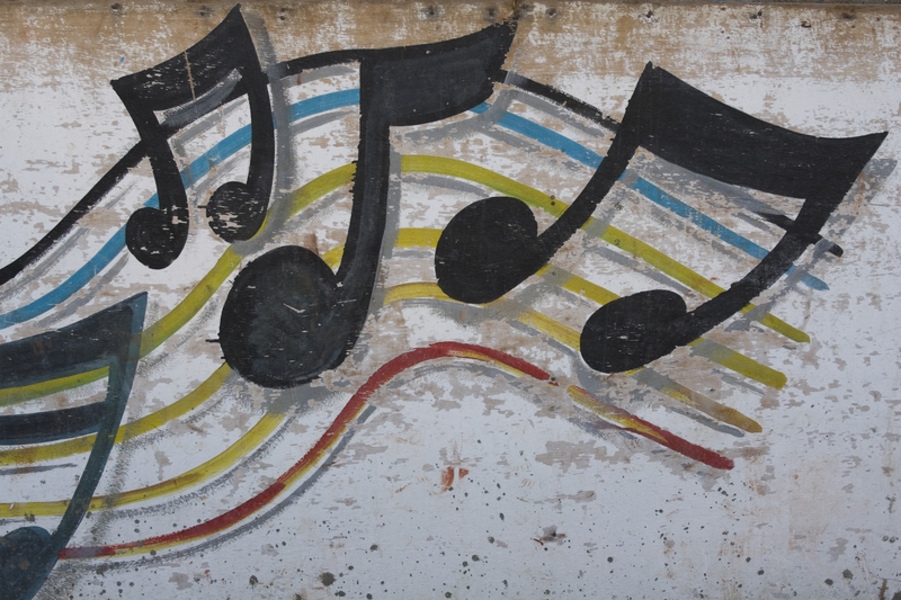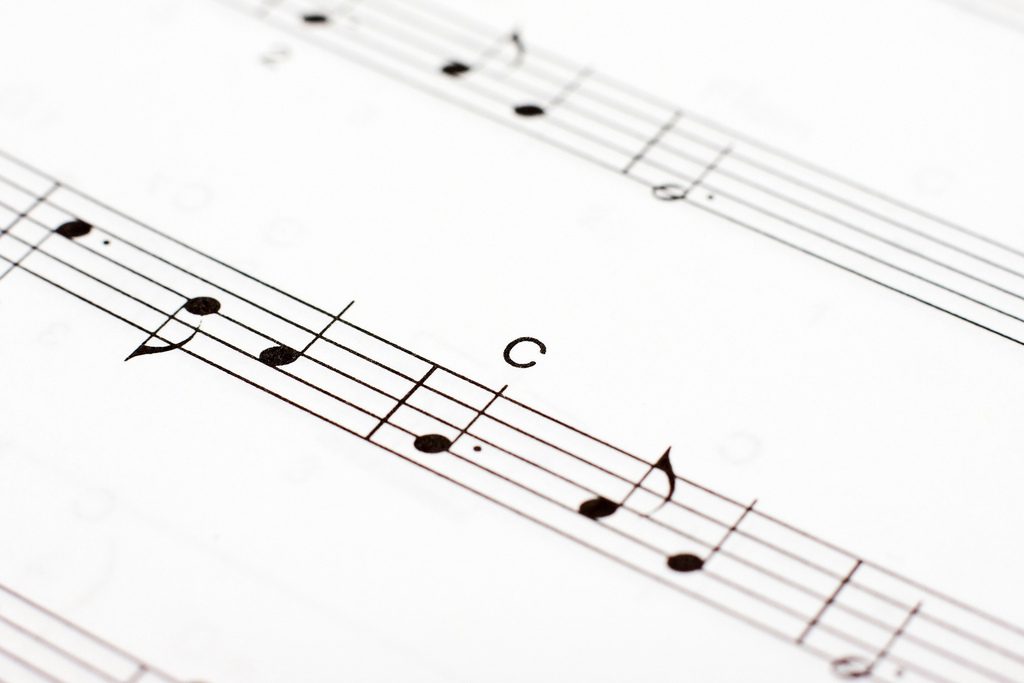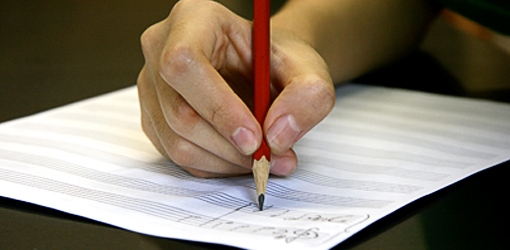Music Theory Tutor launches!
So, what is it anyway? Music Theory Tutor is the evolution of Ear Teacher, an integrated music theory and ear training application that we launched more than a year ago. Over the past year, we worked hard on building out the music theory component and ended up...
Learning and Practicing Solfege, Part 1
For musicians who are new to singing, learning to use solfege effectively can be frustrating. Especially if you’re primarily an instrumentalist, it can be hard to work up the motivation to learn and practice syllabic singing; after all, you won’t use it in...
Solfege Hand Signs
The solfege system as we know it dates all the way back to the 1800’s, and makes its way into many different methods of teaching singing and aural skills. One of the most popular and well-known music teaching methodologies is the Kodaly Method, developed in the...
What is Solfege?
Have you ever tried to sing a melody to which you didn’t know the words, or that had no words? You probably used a syllable like “la,” “da,” or “ma” for every pitch; we call these “neutral syllables,” and while they can be useful, they can also make it pretty...
Ear training skills: melody playback
This is the third part in the series of posts about ear training skills. Today I’ll talk about melody playback - the ability to play a melody after hearing it. Melody is probably the most recognizable part of music. When humming a song, people usually hum the...
Ear training skills: interval recognition
This is the second in the series of posts about ear training skills. Today I’ll talk about interval recognition - the ability to recognize the difference between two pitches. An interval is just a combination of two notes either played together (harmonically) or...
Ear training skills: rhythm recognition
This is the first part of a series of posts dedicated to each of the major ear training concepts. My intention is to briefly describe each skill, identify what it is good for, and give you some advice on how to develop it. Let’s begin with rhythm recognition....
What to look for in an ear training method?
In the previous post, I discussed the various ear training approaches and their benefits and faults. Now, I’d like to elaborate a bit about some of the criteria I used to evaluate them. By the way, the criteria below is not just applicable to ear training. I’ll...
Ear training options
We briefly introduced ear training in the previous post. Now, I’d like to talk about the different methods you can use to develop your ear. Teachers Many young students are first introduced to ear training by their music teachers. Good teachers are able to...
What is ear training?
Ear training, also known as aural training, is an essential part of music education. Unfortunately it is often ignored by students who focus on developing technical instrument skills or simply playing music. This attitude is especially common among amateur...


